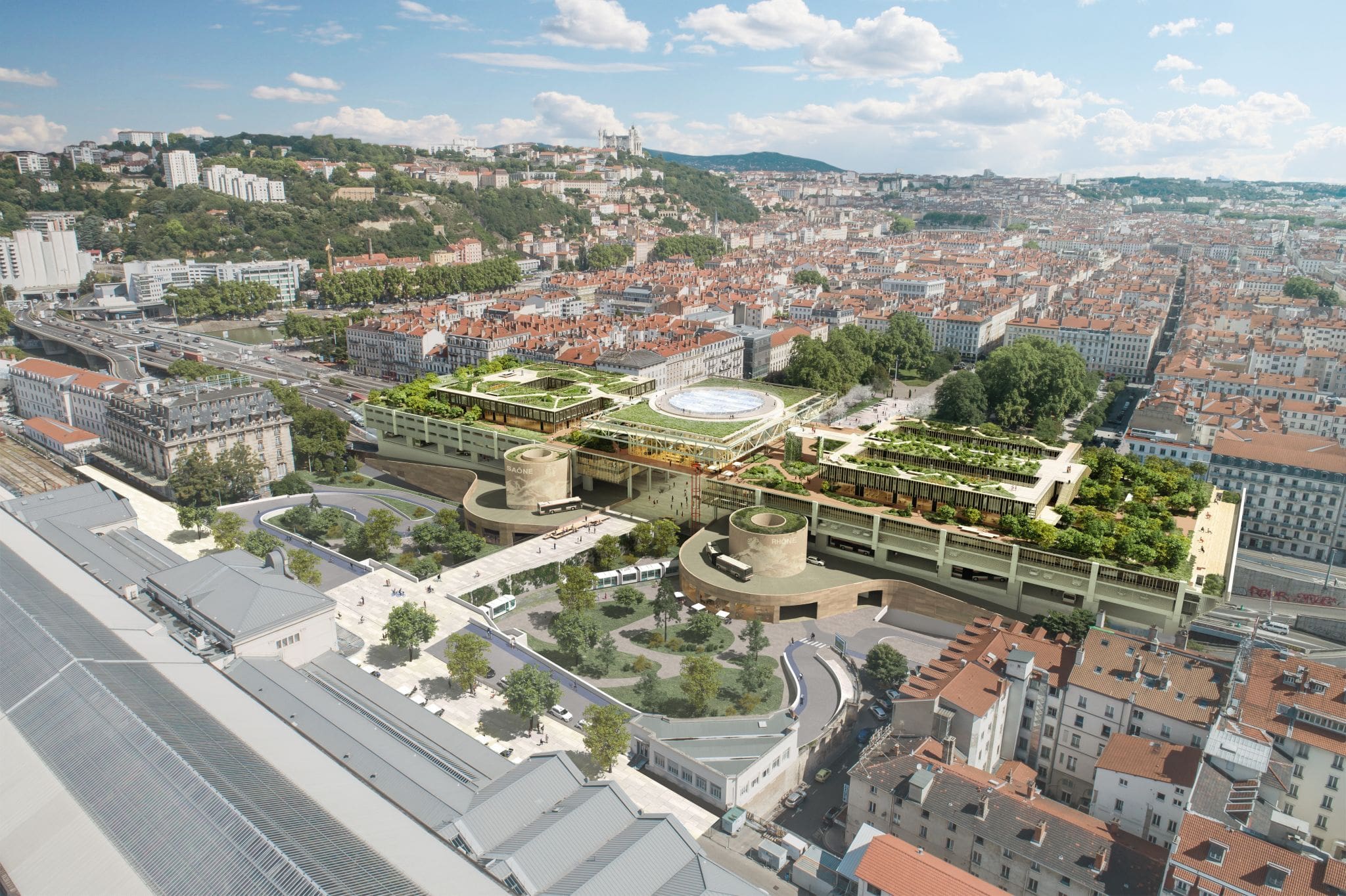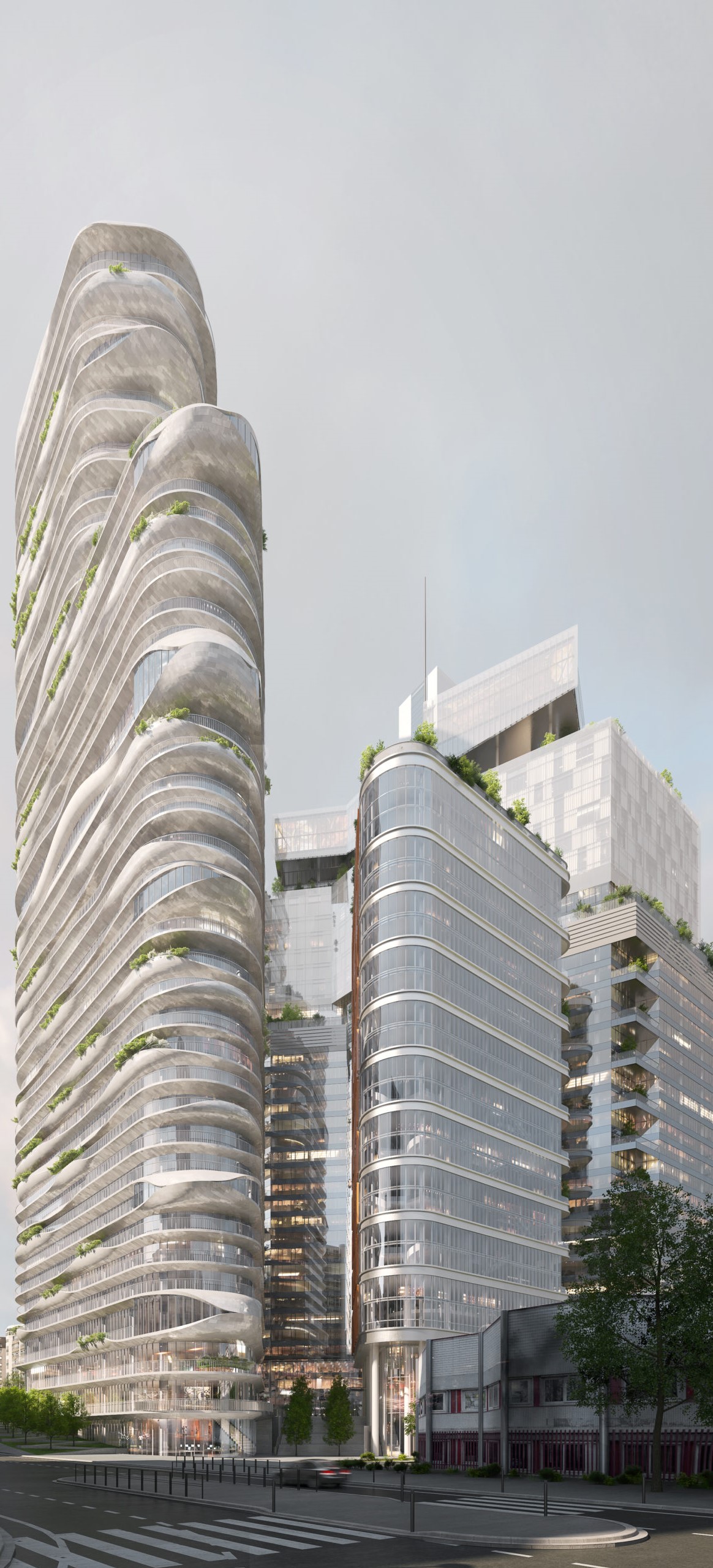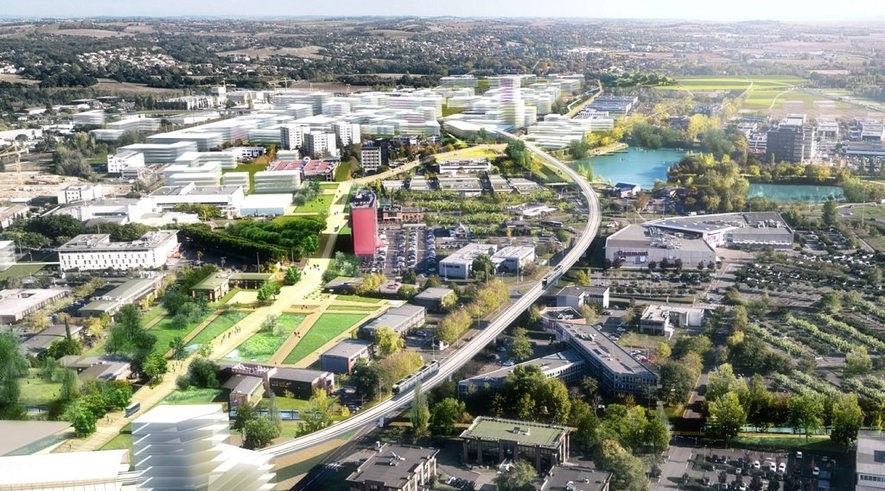While the National Noise Council and ADEME published their annual report in October 2021, estimating the social cost of noise at 155 billion euros per year, it seems more necessary than ever to take into account noise in the environment of open-ended manner. The second environmental factor of comorbidity after air pollution, noise pollution is unfortunately insufficiently integrated into urban projects to redefine our cities towards greater sustainability. Even today, it is often necessary to wait for the nuisances to be observed before the issue of noise is integrated into our urban planning. However, tools exist to anticipate nuisances and integrate solutions into our urban planning.
The construction of sustainable cities cannot do without real reflection on the control of sound environments in our future town planning. Since transport-related nuisances are responsible for two-thirds of the social cost of noise, we would be tempted to believe that the development of soft mobility, electric vehicles and the reduction of transport routes would effectively lower this social cost. Nevertheless, the sources of noise are multiple and the reduction of transport noise is not a miracle solution to nuisances. Indeed, if the reduction of sound levels of transport is a priori commendable for the comfort of the inhabitants of an urban planning, the transport routes also fulfill a function of masking the noise of human activities. As soon as the noise of transport disappears, the noise of human activities is likely to emerge and create situations of acoustic tension for the occupants of a district. This is the reason why it is fundamental that the balance of soundscapes be taken into account in the redefinition of our town planning. Without questioning or solution for the allocation of buildings and the consequences of the mixed use of certain places, neighborhood nuisances risk increasing drastically. However, at a time when we want to limit or even stop the artificialization of soils and as we move towards densification of buildings, these noise pollution reduce the comfort of citizens at the risk of jeopardizing the acceptability of such urban policies and living together.
In many urban public projects noise is perceived as a secondary concern. Yet 86% of French people say they are bothered by noise at home according to a 2014 IFOP survey. Consequently, it is often necessary to wait for the nuisances to be observed and produce their effects for solutions to be implemented. However, as these solutions come after the completion of the districts or buildings, they are often very costly in terms of resources (both financial and material) and visually appealing when they could have been avoided. When urban projects take a transversal approach, it is possible to create urban planning with balanced soundscapes with the help of integrated and more resource-efficient acoustic solutions. Moreover, in addition to the densification of urban planning, certain energy saving solutions such as natural ventilation increase the risk of nuisance. This is why, if the soundscapes are not balanced, these solutions will be dysfunctional in use, either because the occupants will suffer from the nuisances, or because they will not have recourse to these solutions.
Nevertheless, finding a balanced soundscape in the future state of completion is tricky. Indeed, it is necessary to be able to predict the levels of noise emitted by the various sources: an essential condition for an efficient search for balance and thus to plan the dimensioning of protection against nuisances according to needs. However, human activities are often complex to predict because their noise emission levels vary according to the times and their nature. This is why Planète Acoustique has developed environmental acoustic BIM – BIMAE®. Based on 4D modelling, this tool makes it possible to simulate the soundscapes hour by hour of a landscape in the future state of completion, taking into account the noise of transport and that of human activities. The 3D visualization of sound propagation at the foot, on the facade and around a building, via a mesh system, is also adaptable to the scale of neighborhood projects down to the facade details (mouldings, loggias, balconies, etc. ). Thus, we guarantee a joint study of the internal and external uses and functions of the projects, essential to the operations while taking into account the aeraulic, structural, thermal constraints, etc. Only the precision of the 3D visualization of our model allows designers to meet the constraints. Much more than a tool, the BIMAE is also a method that provides a basis for joint work with architects, urban planners and contractors to verify the various hypotheses and facilitate arbitration.


